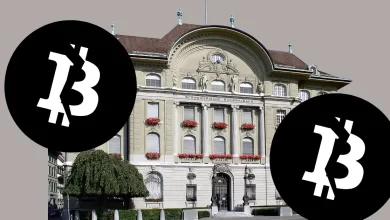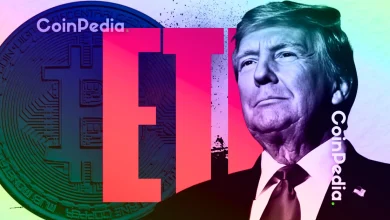
Pakistan plans to redirect 2,000 MW of idle electricity to Bitcoin mining to ease $7.4B in annual energy losses.
Rapid solar adoption and unused power capacity push government to explore crypto mining as a new revenue stream.
Pakistan is considering a new approach to deal with its long-standing energy crisis by introducing Bitcoin mining powered by unused electricity. The government has proposed a strategy to redirect up to 2,000 megawatts (MW) of surplus energy to crypto mining and AI data centers, turning financial losses into potential gains.
This marks a major shift in how the country looks at energy and digital assets. Pakistan’s troubling financial state resembles its urgency to take Bitcoin seriously and to resolve its decade-long energy issues as well.
Unused Power Becomes a Massive Drain
The country currently has an installed electricity capacity of 46,600 MW, but nearly 14% of this remains idle for much of the year. During low-demand winter months, consumption can drop to just 12,000 MW. Despite not being used, many of these plants continue receiving capacity payments, which are fixed fees paid whether electricity is generated or not. Moreover, these payments have now reached around $7.4 billion a year, heavily burdening the national budget and increasing electricity costs for citizens.
Rapid Solar Growth Creates New Challenges
Pakistan has also seen a boom in solar energy. In 2024 alone, net-metered solar capacity surged from 1.3 GW to nearly 4.9 GW, driven by an influx of over 17 GW of low-cost Chinese solar panels. While solar energy is a cleaner alternative, it has brought new issues like grid instability and uneven cost distribution. Non-solar users now pay higher rates, and poorer households struggle to access affordable energy solutions.
Bitcoin Mining Offers a Digital Lifeline
To address this growing imbalance, the government has floated the idea of using idle power for Bitcoin mining. The proposal suggests that crypto mining could absorb excess electricity during off-peak times, reduce pressure on the grid, and generate digital revenue. This could help offset the huge losses from capacity payments and offer a new income stream for the state.
Concerns About the Plan
Not everyone is convinced. Some worry that running old power plants just to mine Bitcoin could increase pollution. Others question whether the money made will truly benefit ordinary citizens or just end up in the hands of private companies.
A Real-World Test for Crypto
If Pakistan can pull this off, it could become a rare example of using crypto mining to solve a real economic problem. The success of the plan will depend on how it is managed and whether the benefits are shared fairly.
Never Miss a Beat in the Crypto World!
Stay ahead with breaking news, expert analysis, and real-time updates on the latest trends in Bitcoin, altcoins, DeFi, NFTs, and more.
FAQs
The plan aims to convert idle electricity capacity, which costs Pakistan $7.4 billion annually in payments, into revenue through Bitcoin mining. This could offset losses and utilize surplus power, potentially reducing energy costs and easing grid pressure, especially during off-peak hours.
Using old, inefficient power plants, often coal-fired, for crypto mining could significantly increase air pollution and carbon emissions, counteracting global efforts to combat climate change and potentially creating local environmental concerns.
Yes, if successful, Pakistan’s strategy could serve as a unique blueprint for other developing nations with surplus energy capacity or seasonal energy imbalances, demonstrating how digital asset generation might address economic and energy challenges.








